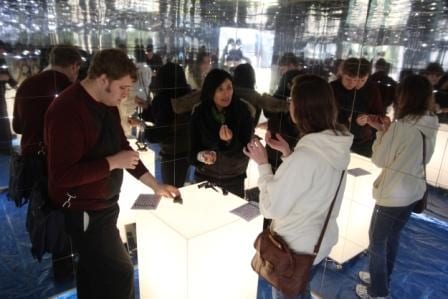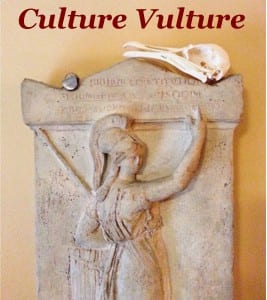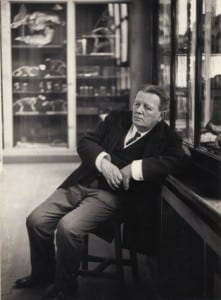Book Worm… Kangaroo by John Simons: A Review
By Jack Ashby, on 19 April 2013
I’m writing this second review in the predictably punned “Book Worm” occasional series whilst in the desert town of Alice Springs. As I like to match my reading with my surroundings, I’m reviewing Kangaroo by John Simons, published in December as part of Reaktion’s Animal Series.
What this book seems to attempt to do is tackle the kangaroo from a variety of angles – biological, ecolgical, historical and anthropological. It is extremely generously illustrated (on nearly every page). There is sometimes, however, no obvious connection between the image and the neighbouring text which can make things a bit confusing, particularly when he is describing a specific visual scene without providing the appropriate image. (more…)
 Close
Close





 Here at the Grant Museum we’re not afraid to try something big or something new. This time we’re doing just that with something small and something old, with a topic which has traditionally been problematic for natural history museums.
Here at the Grant Museum we’re not afraid to try something big or something new. This time we’re doing just that with something small and something old, with a topic which has traditionally been problematic for natural history museums.
